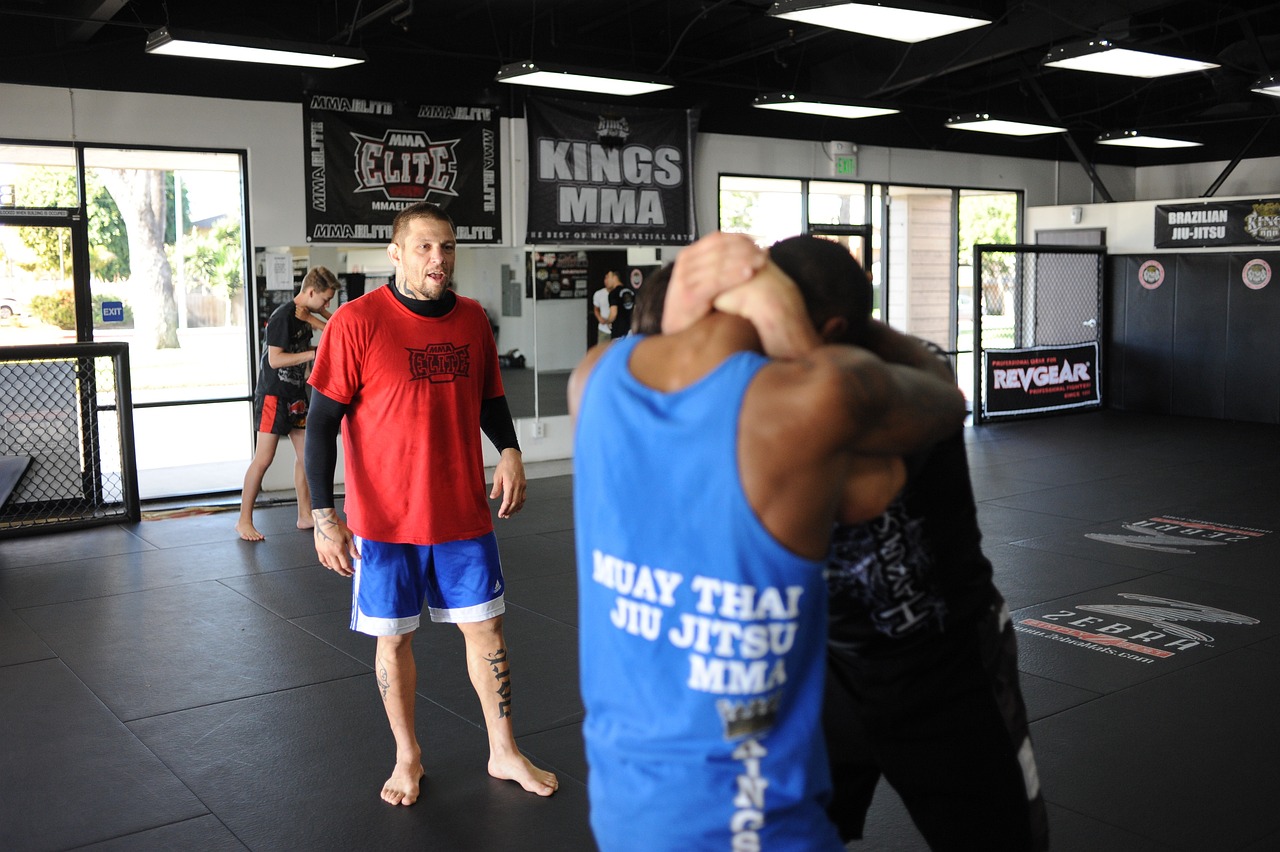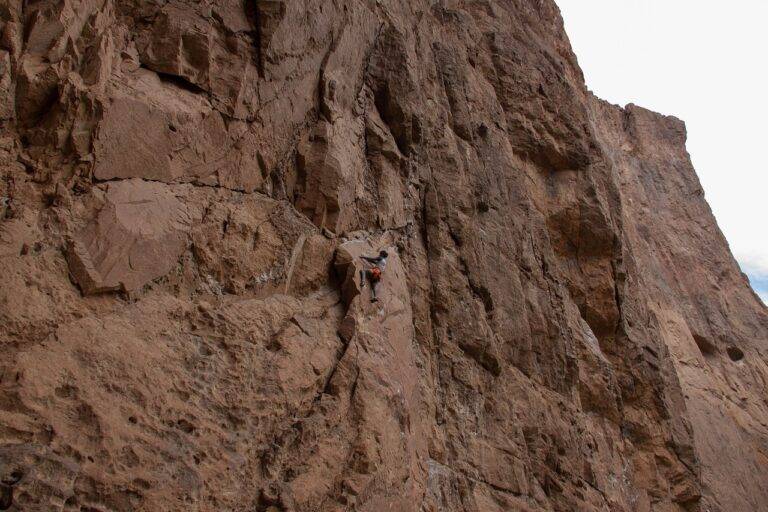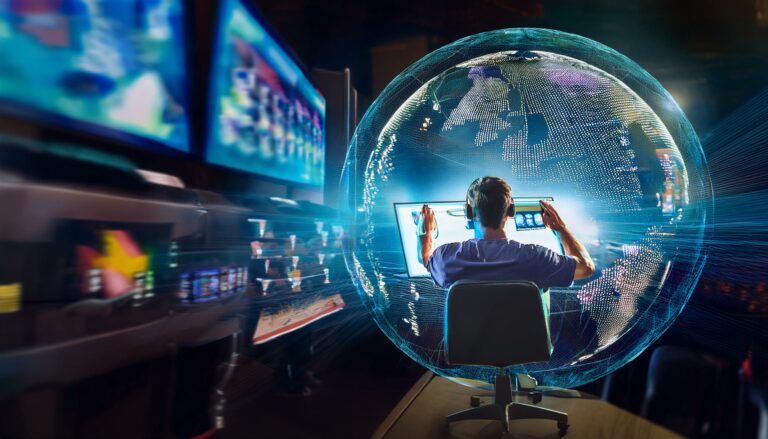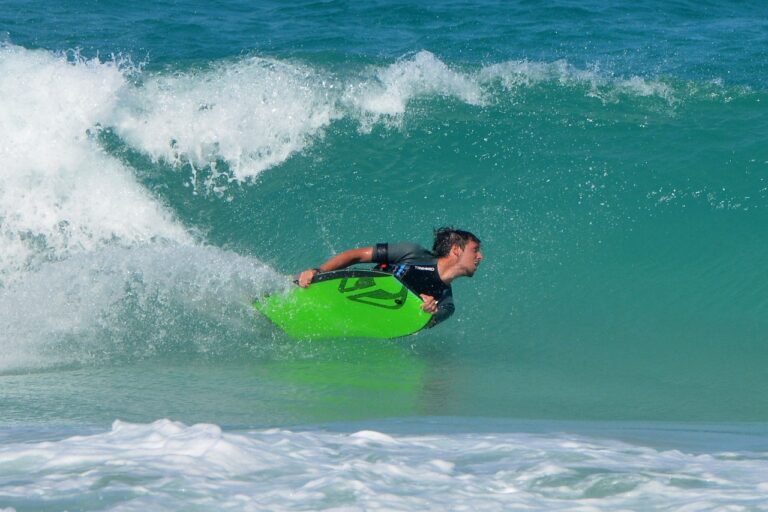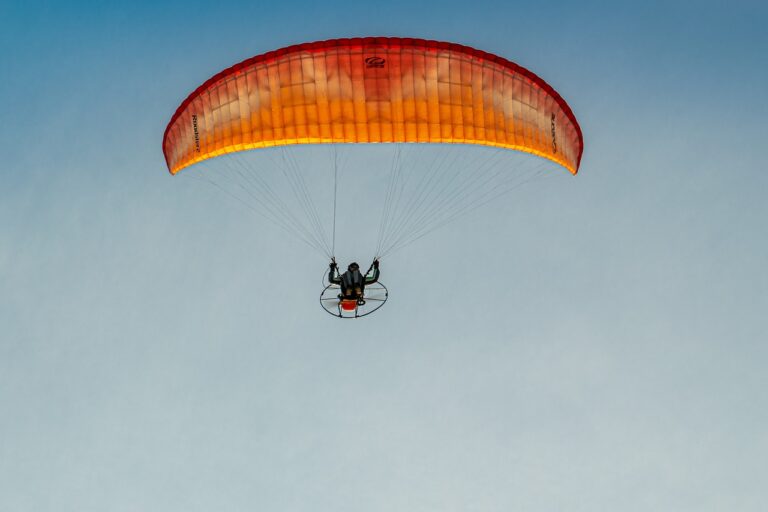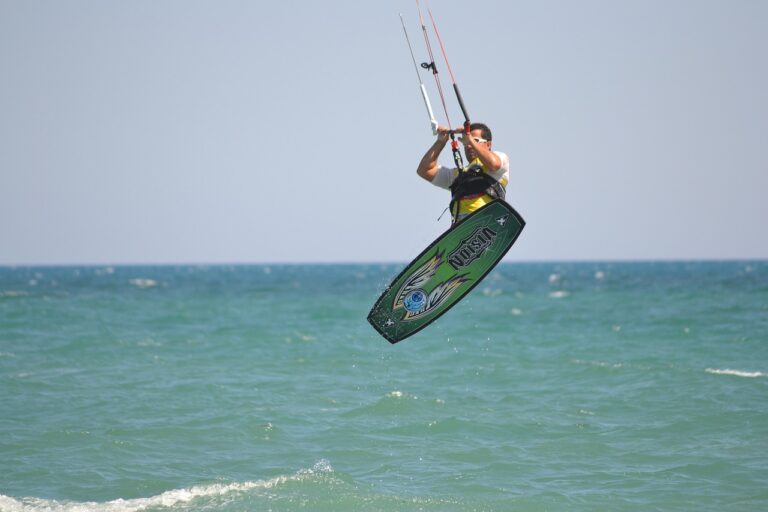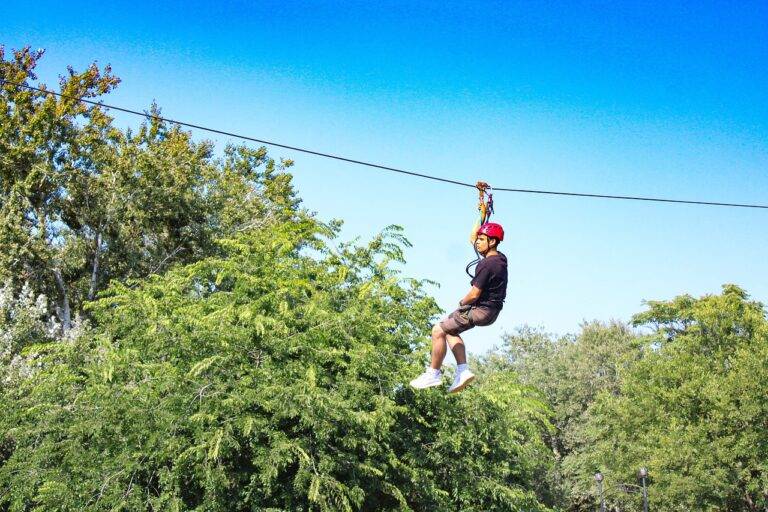Adapting IPL for Pediatric Rehabilitation: Treating Childhood Disabilities
allpaanel, mahadev book login registration, cricket id online: Adapting IPL for Pediatric Rehabilitation: Treating Childhood Disabilities
Living with a disability can present unique challenges for children and their families. From physical impairments to cognitive delays, each child’s needs are different, requiring personalized treatment plans to help them reach their full potential. In recent years, innovative approaches have been developed to enhance rehabilitation techniques for pediatric patients. One such approach is the use of Intensive Pediatric Therapy (IPL) to address a wide range of childhood disabilities.
What is IPL?
Intensive Pediatric Therapy (IPL) is a holistic and intensive therapy approach that focuses on providing children with disabilities the support they need to achieve their developmental goals. This approach involves daily therapy sessions that target specific areas of need, such as motor skills, language development, and social interactions. By providing intensive and individualized care, IPL aims to accelerate progress and maximize outcomes for children with disabilities.
How does IPL benefit children with disabilities?
IPL offers several benefits for children with disabilities, including:
– Improved functional abilities: By focusing on specific areas of need, IPL helps children develop the skills they need to perform everyday tasks independently.
– Increased socialization and communication skills: Through targeted therapies, children can improve their social interactions and communication abilities, leading to enhanced relationships with peers and family members.
– Enhanced motor skills: IPL works to strengthen muscles and improve coordination, helping children with physical disabilities navigate their environment more effectively.
– Accelerated progress: The intensive nature of IPL allows children to make rapid progress in a shorter amount of time, leading to quicker improvements in overall function.
Adapting IPL for Pediatric Rehabilitation
When adapting IPL for pediatric rehabilitation, therapists must consider the unique needs of each child and tailor their approach accordingly. By incorporating play-based activities, sensory integration techniques, and family involvement, therapists can create a supportive environment that encourages growth and development.
Key Components of IPL for Pediatric Rehabilitation
– Goal Setting: Establishing clear and measurable goals helps track progress and adjust treatment plans as needed.
– Multidisciplinary Team Approach: Collaboration with specialists from various disciplines ensures a comprehensive and well-rounded approach to treatment.
– Family-Centered Care: Involving family members in therapy sessions and goal setting promotes continuity of care and support for the child.
– Functional Training: Focusing on activities that are meaningful and relevant to the child’s daily life promotes independence and skill acquisition.
FAQs
Q: How long does IPL therapy typically last?
A: The duration of IPL therapy varies depending on the child’s needs and goals. Some children may benefit from a few weeks of intensive therapy, while others may require ongoing support over a longer period.
Q: Is IPL covered by insurance?
A: Insurance coverage for IPL therapy varies depending on the provider and the child’s diagnosis. It is essential to check with your insurance company to determine coverage options.
Q: What types of disabilities can be treated with IPL?
A: IPL can benefit children with a wide range of disabilities, including cerebral palsy, autism spectrum disorder, genetic disorders, and developmental delays.
In conclusion, adapting IPL for pediatric rehabilitation offers a promising approach to treating childhood disabilities. By focusing on intensive and individualized care, children can make significant progress in their development and improve their quality of life. With a multidisciplinary team approach and family-centered care, IPL therapy can help children reach their full potential and thrive.

